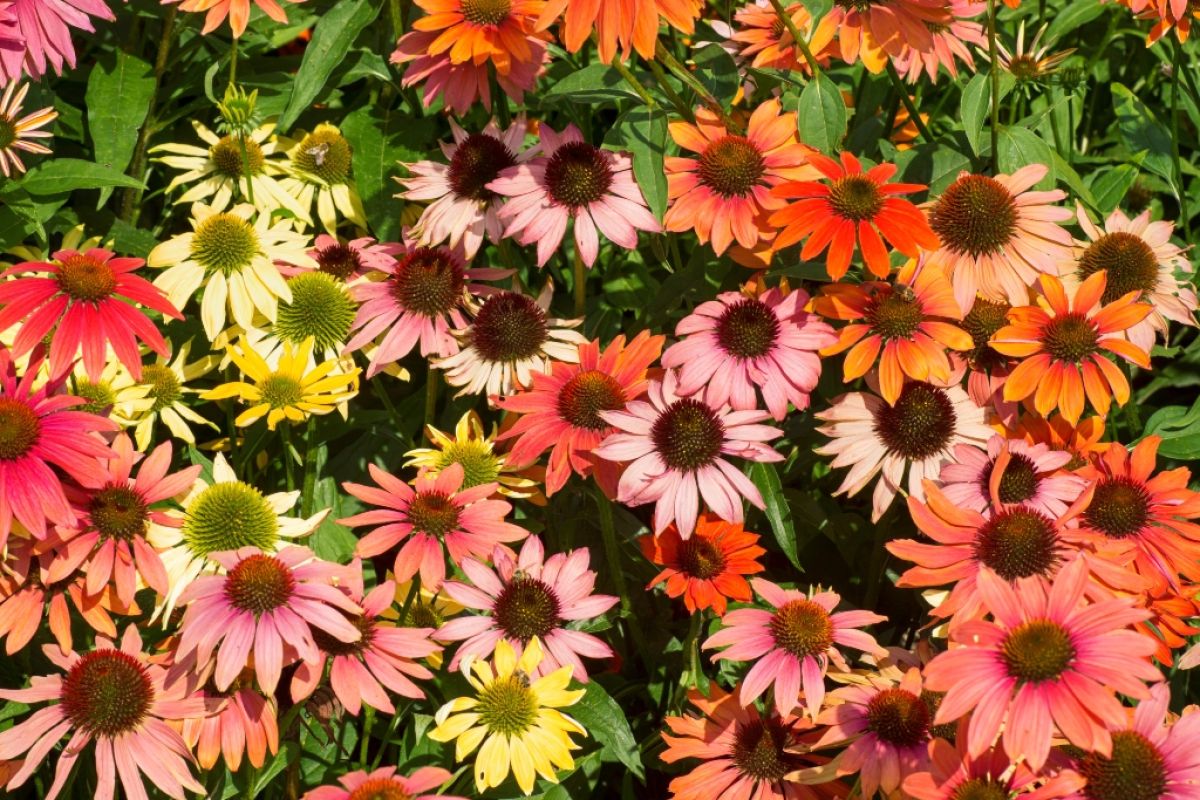Focus on Flowers.
Our native echinaceas are tough plants that originally thrived in eastern and North American prairies on grasslands where animals grazed, and they were also periodic bushfires.
The name is from the Latin “equinox,” meaning urchins, because they have spiky centers in the flowers raised up like cones. That is also why a common name is coneflower.
Pollinators love them, and so the gardeners, as they are easy to grow and persist despite drought and neglect, blooming from June through fall. The original perennial coneflowers were pink, but many new cultivars have been developed. Now there are those with white, yellow, deep rose, and flamingo flower petals, and more varieties are in the pipeline, so this is a tough and popular genius for plant propagators to work with.
I recently bought one at my local grocery store, marked down to $3.99 at the end of the season, and by planting it early fall, I gave it a head start in my garden. Coneflowers will grow in full sun, part shade, and any kind of soil, as they have long tap roots that come push down to find moisture, even in the clay soil of my zone 6 yard. These are good cut flowers, too, and last well in a vase.
This is Moya Andrews, and today we focused on excellent echinaceas.










